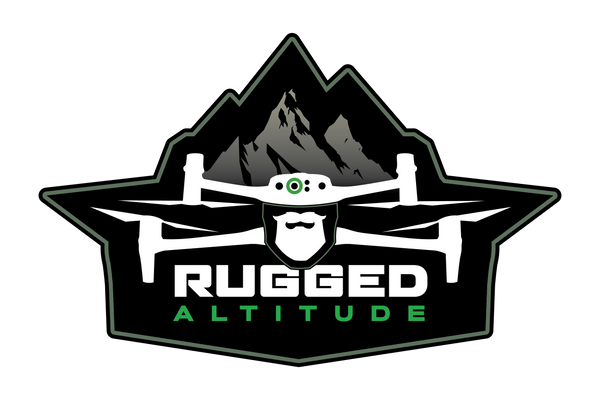Legal Considerations for Wildlife Drone Operations: What You Need to Know
Share
The Power of Drones in Wildlife Recovery
Thermal drones provide clear advantages:
- Detect body heat signatures in thick vegetation or difficult terrain
- Quickly scan large areas to locate downed animals
- Reduce disturbance to surrounding habitats during recovery operations
This technology significantly improves the likelihood of finding wildlife—either for recovery or to prevent unnecessary suffering.
Legal Limitations and State Guidelines
Despite the benefits, drone use in wildlife recovery is tightly regulated. Laws vary by state, and understanding these boundaries is critical.
Take Wisconsin as an example:
- You may use a UAS to locate and recover a dead animal.
- You may not use a UAS to locate or pursue a crippled (wounded but alive) animal.
Each use case is judged individually, and outcomes depend on intent, timing, and how the drone is used.
Key Legal Distinctions to Understand
Several factors can help determine whether UAS use is legal:
- A reasonable attempt was made to find the animal without drone assistance
- The hunter can explain why they believe the animal is already dead
- The UAS was not flown during legal shooting hours for the target species
- The drone operator has no personal stake in retrieving the animal
Important: If the drone locates a crippled animal, the operator should not share its location with the hunter. Doing so could be interpreted as assisting in an unlawful hunt.
Special Note for Hunters as UAS Operators
If the hunter themselves is operating the drone, extra caution is required. Using a drone to locate a live animal—even with good intentions—may constitute pursuit or hunting with an aircraft, which is prohibited in many jurisdictions.
Hunters must clearly separate recovery from pursuit, and avoid any action that could be interpreted as attempting to gain an unfair advantage.
Responsible Use and Conservation Impact
Companies like Rugged Altitude are making meaningful contributions to wildlife conservation by:
- Reducing the time and effort needed for recovery
- Minimizing suffering of wounded animals when located early
- Avoiding unnecessary disturbance to the environment
However, compliance with state regulations is critical. Drone technology should always be used in ways that respect both legal frameworks and ethical hunting practices.
Disclaimer
We are not attorneys, and this article is not legal advice. Always consult with a licensed legal professional regarding your specific situation and applicable laws in your state.
